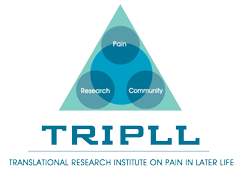Daily Sedentary Behavior Predicts Pain and Affect in Knee Arthritis.
Patricia Kim2018-11-05T10:27:51-05:00Abstract BACKGROUND: Sedentary behavior (SB), which has been linked with numerous adverse health outcomes, is prevalent among adults with osteoarthritis (OA). The associations between SB and daily physical and psychological health outcomes for OA patients, however, have received little attention. PURPOSE: Using accelerometer and self-report data, the current study examined how the amount of time OA patients spent in SB was associated with their pain and affect in daily life, independent of physical activity. METHODS: Over 22 days, 143 older adults (mean age = 65 years) with knee OA wore an accelerometer to measure SB and physical activity, and also [...]
